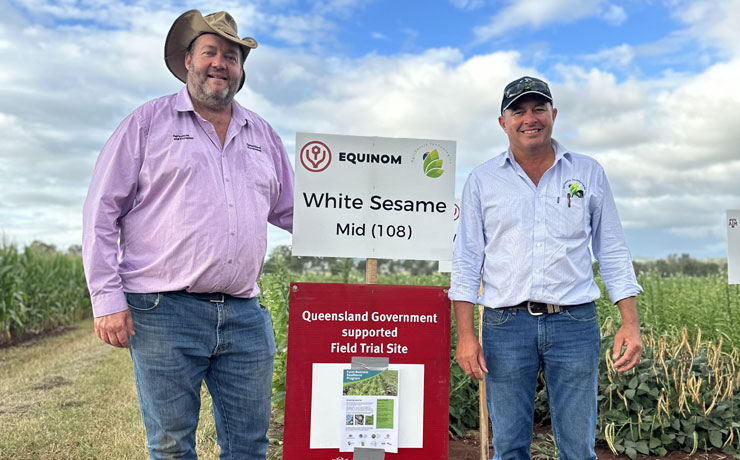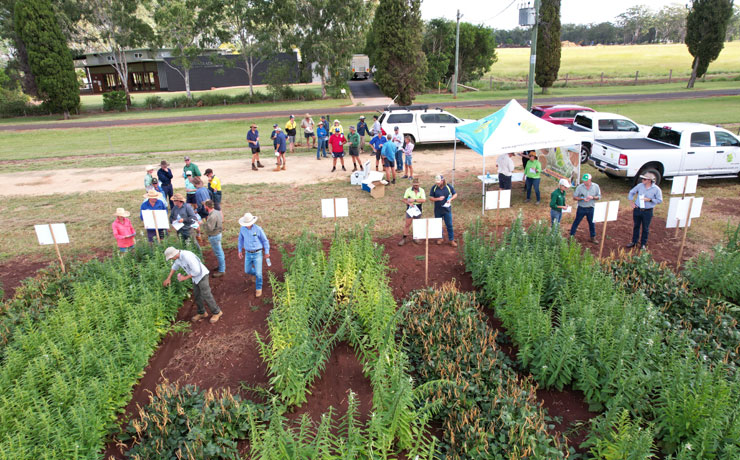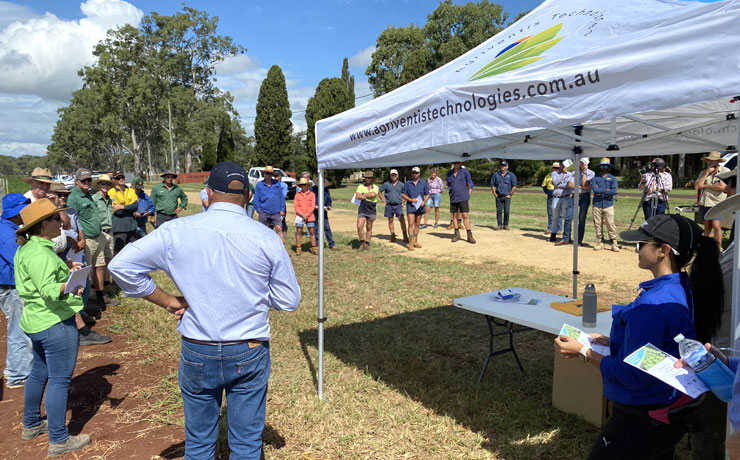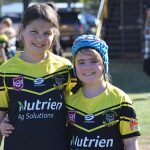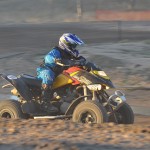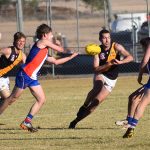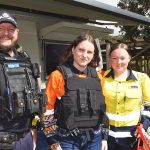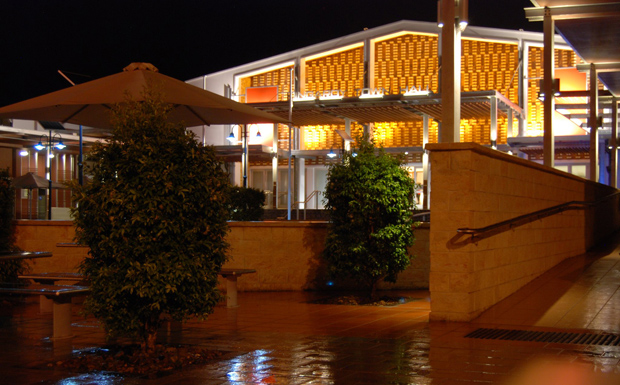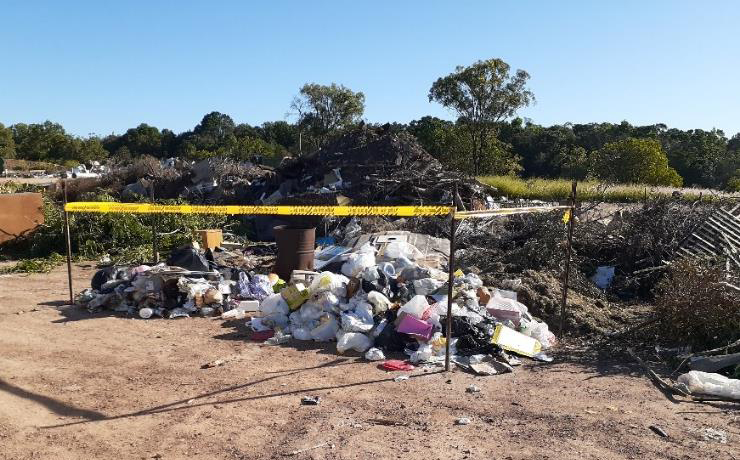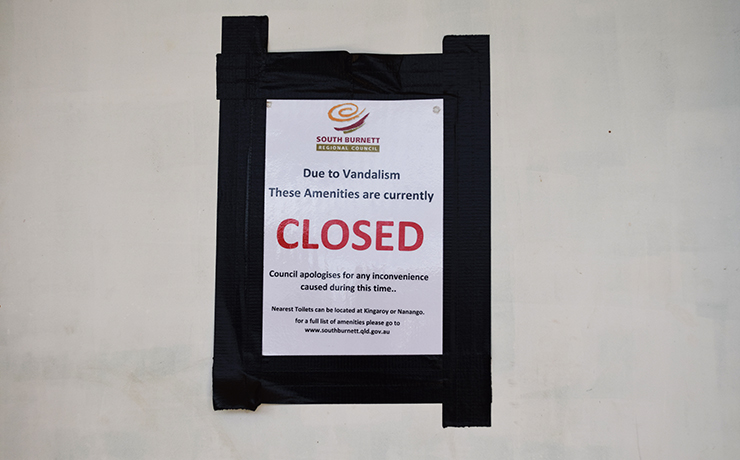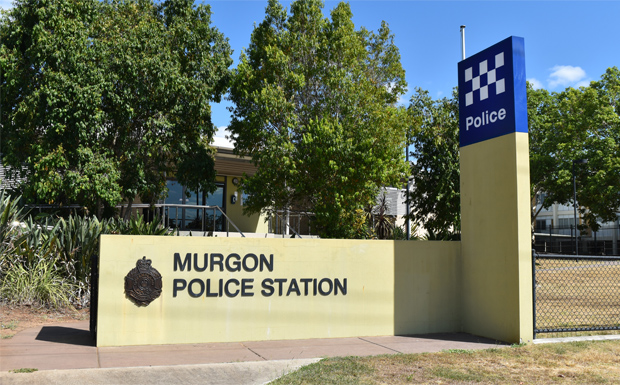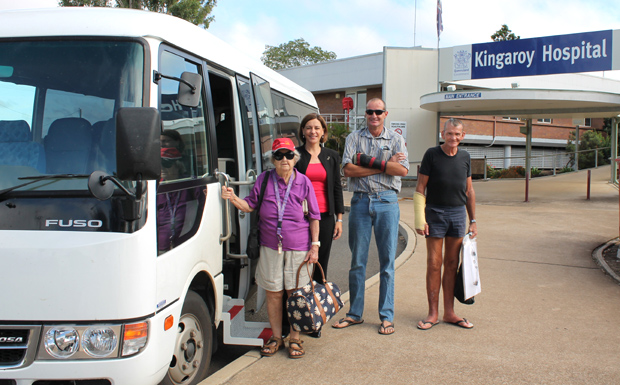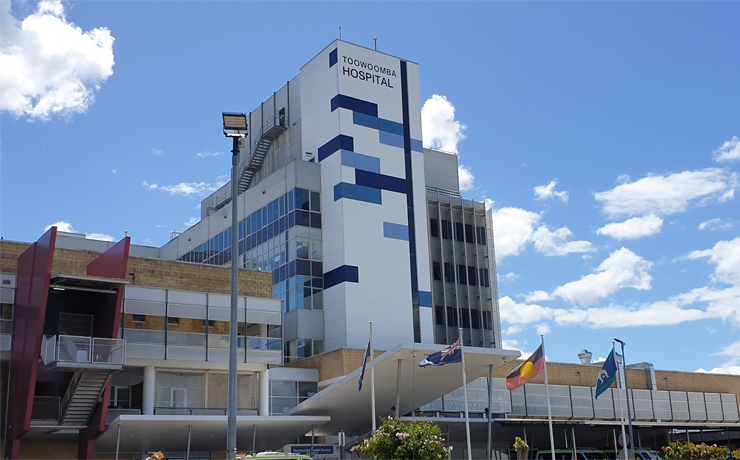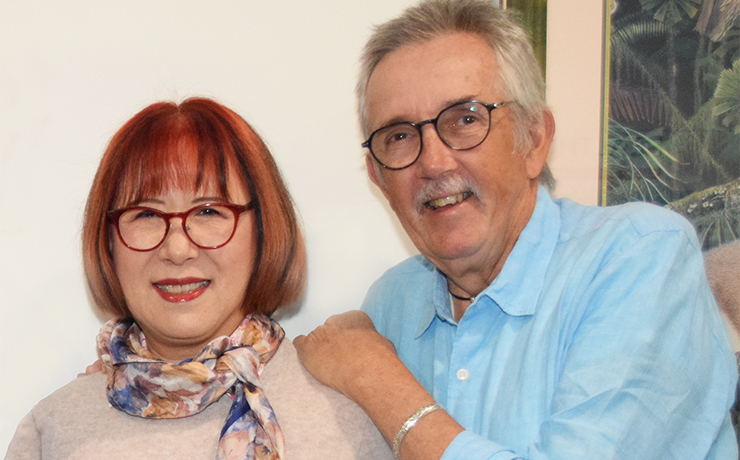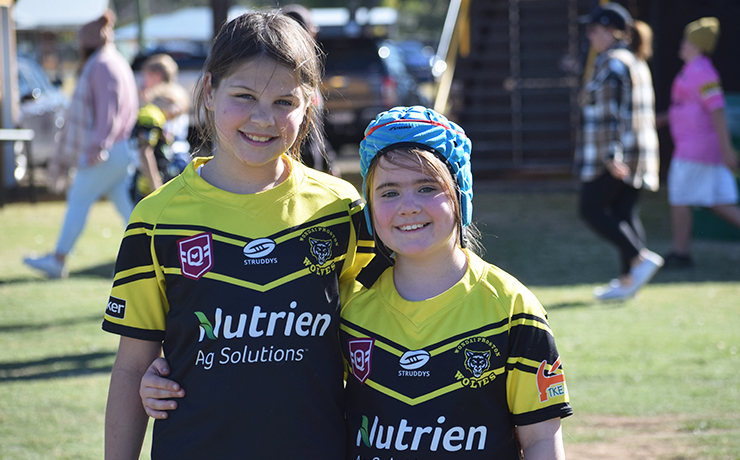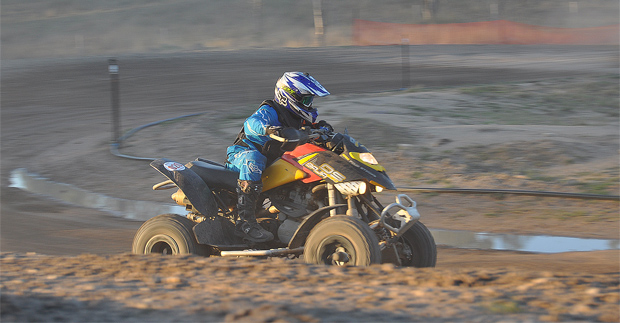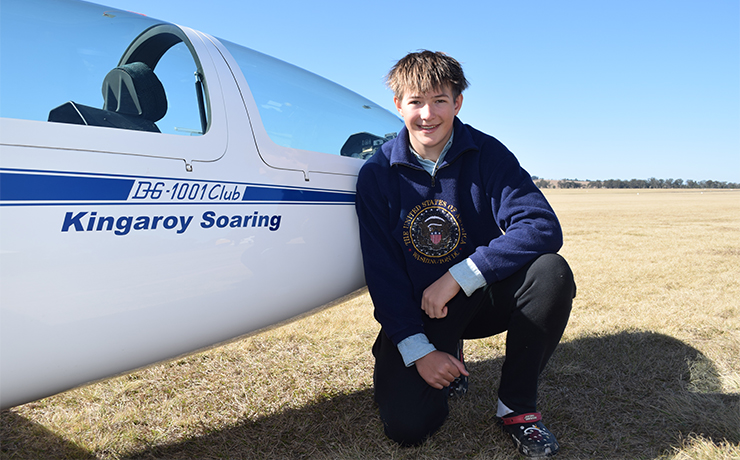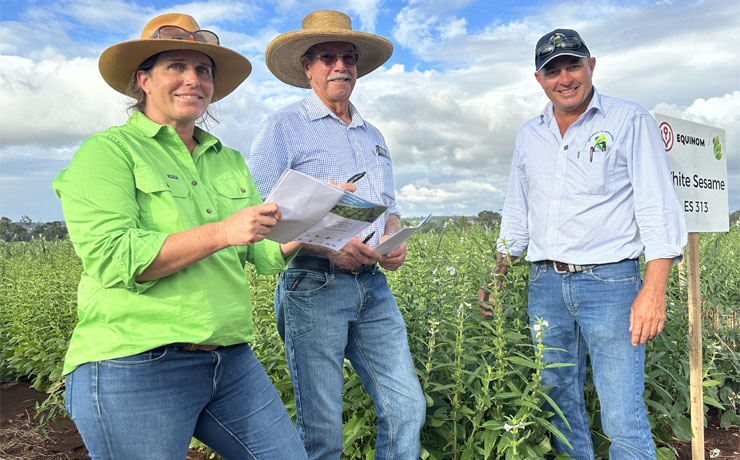
March 15, 2024
A field day held at the Kingaroy Research Facility last week has sparked interest in growing sesame to help improve farm resilience.
The event was funded by the Farm Business Resilience Program, a joint Federal and State government initiative to help improve farm sustainability and drought resistance.
The field day attracted a range of stakeholders who came to share their knowledge with industry experts and explore new opportunities for sustainable agricultural practices.
DAF Development Extension Officer Rod O’Connor began the day by emphasising the importance of diversifying cropping options to improve resilience in the face of challenging environmental conditions.
“One of the ways resilience can be improved is by looking at alternative cropping options such as sesame which have great yield potential and financial returns while being a hardy, drought-tolerant crop,” he said.
Andrew McDonald, the Technical Operations Manager at AgriVentis Technologies, discussed the potential of sesame as a viable crop, citing its global market demand and improved varieties suitable for mechanical harvesting that have been developed in the past few decades.
He pointed out that five million tonnes of sesame are now traded globally each year, and markets for the crop are well-established.
“It’s an existing market and the reason we are here today is these (newer) varieties are non-shattering, not like the native and older varieties from the 1990s.”
He said the newer sesame varieties being grown at the research station were bred in Australia and were able to be mechanically harvested, then desiccated and treated like a mung bean or sorghum crop.
Discussions then turned to the viability of sesame cultivation, where speakers shared insights and personal experiences with the crop.
“One of the highlights of the event was the opportunity to assess different sesame varieties in a head-to-head comparison, providing valuable feedback for future research and cultivation practices” Tieneke Trotter, from CQUniversity, said.
She also highlighted the findings from a 2019 program funded by the CRC in northern Australia which underscored sesame as a front-runner in the quest for sustainable agriculture.
After the day wrapped up, Peter Howlett – a Kumbia farmer who has grown peanuts, cotton, soybeans, mungbeans, corn and other staple crops – said it was interesting to come and hear about a potential new crop.
“It seems like it (sesame) would be a fairly good fit for our farming systems, soil type and climate,” Peter said.
“From what we learned today, there is a good potential market for the crop and the gross margins look quite good, too.
“I’m looking forward to a few years’ time when it becomes commercially available for us.”
[Photos: Tina Torrens – Torkit Business Solutions]
